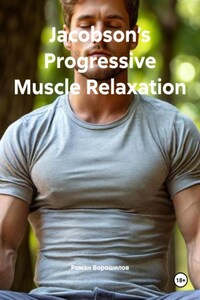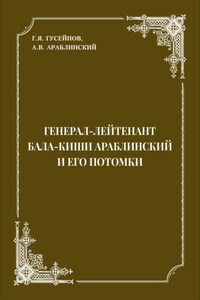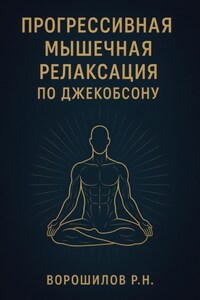Читать Jacobson’s Progressive Muscle Relaxation - Роман Ворошилов

На данной странице вы можете читать онлайн книгу "Jacobson’s Progressive Muscle Relaxation" автора Роман Ворошилов. Общий объем текста составляет эквивалент 30 бумажных страниц. Произведение многоплановое и затрагивает разнообразные темы, однако его жанры наиболее вероятно можно определить как общая психология, классики психологии, практическая психология. Книга была добавлена в библиотеку 19.06.2025, и с этой даты любой желающий может удобно читать ее без регистрации. Наша читалка адаптирована под разные размеры экранов, поэтому текст будет одинаково хорошо смотреться и на маленьком дисплее телефона, и на огромном телевизоре.
The book «Progressive Muscle Relaxation according to Jacobson» is a practical guide to mastering a method developed by American physician Edmund Jacobson in the 1920s. The main goal of the book is to teach readers to manage stress, anxiety and emotional tension through conscious work with muscle tone.




